Is Cocoa Butter Good For Tattoos?
23 July, 2023The products that you put on your tattoos will have an impact on their overall vibrance and clarity for years to come. Using products with underwhelming ingredients can end up doing more harm than good, and not using products at all can leave your skin dry and irritated, which could make for a blurry final product after everything is done healing.
You can keep your skin hydrated by using moisturizing ingredients to support your tattoo’s healing process, making for sharper, more vibrant tattoos. With more people leaving medicated ointments and petroleum jelly in the past, there are new ingredients on the block ready to prove their worth in the tattoo world.
If you are someone who wants a product that uses clean ingredients geared toward inked skin, you’ve likely come across cocoa butter. Shelves are lined with a variety of products spotlighting cocoa butter on the front of the packaging, both specific to tattoos as well as just broadly meant for skin care. But when it comes to products with natural ingredients, you might struggle to find formulas that actually deliver on their promises.
So, is cocoa butter one of these ingredients that delivers? Yes! Cocoa butter is one of the best ingredients to use in tattoo care during the initial healing phase, as it is healing, and after it’s healed — talk about a badass botanical. Mad Rabbit is here to talk about why we use cocoa butter in our own formulas and it can help your ink shine. Literally.
In this article, we’re taking a closer look at the amazing soothing and moisturizing properties of pure cocoa butter, whether it’s for fresh ink, older tattoos, and general skin health. We’ll also explore the best cocoa butter for tattoos and explore the cocoa butter formula that makes our tattoo balm the best in class.
What Is Cocoa Butter?
Cocoa butter is a vegetable fat that comes from cocoa beans, and it’s been used for thousands of years for beauty, health, wellness, food, and even bartering. The seeds of the cocoa tree (Theobroma cacao) are a sight to behold, ranging up to a foot long in size and containing fleshy structures surrounded with valuable fat. This fat is responsible for the flavors, aromas, and properties we know and love!
You can’t just crack open a cocoa bean and expect to get pure cocoa butter to rub on dry skin, however. To obtain cocoa butter, cocoa beans are fermented, dried, roasted, and then pressed. This creamy substance is used in a variety of products that deal with moisturization and hydration, like lip balms and lotions.
Many health benefits are related directly to cocoa, including soothing and antioxidant properties. Because it’s known that cocoa has these properties, it’s thought that cocoa butter has very similar benefits.
Cocoa butter can be found as its own product, but it’s more likely that it will be combined with other ingredients that are also good for your skin to make for an ultra-hydrating recipe. Essential oils, shea butter, and different extracts are often included in products with cocoa butter. These ingredients add an array of vitamins and minerals that work with cocoa butter to hydrate and nourish your skin.
What’s in Cocoa Butter?
The variety of minerals, vitamins, and fats found in cocoa butter are what help to make it so effective. We’ve identified three of the most powerful components of cocoa butter to know about:
-
Vitamin E: Cocoa butter is a decent source of vitamin E, which acts as a powerful antioxidant that can minimize the appearance of the signs of aging. Vitamin E also works as a natural stabilizer and preservative, helping to extend the shelf life of organic skincare products and preventing rancidity.
- Fatty acids: Cocoa butter has high amounts of fatty acids, which help to lock in moisture and keep your skin hydrated to prevent your skin from drying out. The three main types of fat in cocoa butter are stearic acid, palmitic acid, and oleic acid. Combined, this contributes to the melty yet smooth texture of the butter.
- Polyphenols: Polyphenolic compounds are often overlooked in skincare, but they contribute greatly to aroma, soothing effects, and oxidative protection. Cocoa butter is loaded with flavonoids, procyanidins, and other antioxidants that keep skin healthy and glowing.
These components work together to deliver an outstanding array of benefits and effects — both on the surface of the skin and beneath. True skincare is about providing nourishing and restorative properties that keep the skin strong and functional, while a healthy glow is simply a bonus!
It’s no wonder cocoa butter is such a prized material around the world and why we made it the foundation of our signature tattoo balm at Mad Rabbit.
Is Cocoa Butter Better Than Shea Butter?
Cocoa butter has a rival in the world of natural skincare: shea butter. Both of these butters are commonly found in personal care and beauty products alike, thanks to their ability to hydrate while avoiding the side effects of oily and greasy synthetic substances. What exactly is the difference between these materials, and why does it matter?
As we’ve covered, cocoa butter is made from the cocoa bean. Meanwhile,shea butter is extracted from the seeds of the shea tree, a plant native to West Africa. Both of these plants are botanical treasure chests that work hard to not only hydrate and moisturize skin, but to keep it that way by retaining that moisture, too.
There are slight differences in the composition of fatty acids between cocoa butter and shea butter that produce distinct effects. Shea butter contains more linoleic acid than cocoa, resulting in a lower melting point and deep moisturizing properties.
Shea butter also has a unique aroma profile due to its set of terpenes, polyphenols, and other factors. It’s common to hear shea butter described as having an earthy or nutty aroma, compared to the chocolatey attributes of cocoa butter. Each of these aromas is pleasant in its own way, and it often comes down to personal preference when choosing one or the other.
Shea butter is another ingredient we include in ourtattoo aftercare products, alongside cocoa butter. It doesn’t have to be either/or — cocoa butter and shea butter work harmoniously together to keep your art looking bright, nourished, and clean. You get the best of all worlds with cocoa and shea, including all the hydration, soothing, and aromatic elements each ingredient offers.
How Does Cocoa Butter Help My Tattoo?
Once you’ve gotten your tattoo, your artist will usually wrap it — sometimes, it’s a tattoo film that you can leave on for the next day or so, and sometimes it’s cling wrap that should be taken off within a few hours since it’s not a breathable material.
Every tattoo is different, and the healing process will vary slightly between each tattoo you get, especially when it comes to where you get it. What doesn’t change is the fact that you need to keep your skin hydrated through the healing process, and keeping a thin layer of a cocoa butter-inclusive formula can help with this.
You will notice if you look on the back of many skin moisturizers that cocoa butter is an ingredient. This is because cocoa butter is made up of fatty acids that work to form a protective layer over the tattoo. This helps to keep moisture in, keeping your skin nice and hydrated so it can heal properly. When your skin cracks and becomes too dry, it has the potential to mess up the lines of your tattoo or even cause some of the coloring to fade.
Not only does cocoa butter create a barrier to help lock in moisturizer, but it also creates a barrier that protects the tattoo from exposure to invasive germs you don’t want going anywhere near that open wound. Infections on a new tattoo are the last thing that you want because they can easily damage how the tattoo looks after it heals. If its healing process is interrupted, you might notice gaps in your tattoo later on at minimum, and worst-case, you can get an infection that completely botches your art.
Cocoa butter is loaded up with polyphenols, flavonoids, and antioxidants that nourish your skin and help to support your skin barrier. When your skin is moisturized and healthy, your tattoo heals better. It can also limit itchiness and irritation in the affected area.
If you’ve ever been tattooed, you’ll know that healing ink can itch like crazy! Limiting that urge to itch is key to healing and helps you get a better final product in the end.
Using Tattoo Products That Contain Cocoa Butter
Cocoa butter is an ingredient that you can feel confident in using for your tattoo, knowing that it’s helping to protect your skin and rejuvenate it so your artwork heals as it should. If you are looking to improve your tattoo aftercare routine by making sure to include cocoa butter in your regimen, Mad Rabbit has got you covered.
If you haven’t picked up what we’re putting down, we are huge fans of this sultry plant extract. Cocoa butter just plain feels good to put on your skin when your ink has finally healed after about two weeks, especially when it’s combined with other ingredients that work together to help your tattoo shine.
If you are looking for cocoa butter products to use in your tattoo skincare routine, look no further. The more you learn about cocoa butter, the more you’ll see why so many ink enthusiasts love this amazing natural ingredient.
Cocoa Butter in Mad Rabbit’s Tattoo Balm
Mad Rabbit’s aftercare products include clean ingredients that work to support and protect inked skin, whether your tattoo is fresh or you’ve had it for decades.
Mad Rabbit’s Tattoo Balm is made to electrify and enhance your tattoo by hydrating, moisturizing, nourishing, and restoring. Our balm focuses on maintaining the boldness and vibrance of grey, black, and color tattoos without blocking pores with greasiness or oiliness.
Cocoa butter’s moisturizingfatty acids and thick consistency make it ideal for skin that’s just finished the healing process (after about 14 days) — it nourishes, protects, and soothes to keep dryness and irritation at bay.
With our cocoa butter-inclusive formula, you’ll get an easy, glide-on feel that is lightweight and breathable (while still providing skin barrier support and tattoo protection!).
Of course, cocoa butter is just one of several amazing ingredients that make our balm stand out from the crowd. Our best-selling balm also contains shea butter, beeswax, calendula essential oils, and all-natural scents that add to the multi-sensory experience of healthy, glowing skin.
Cocoa butter goes a long way on its own, but we didn’t stop there. Our balm includes a full range of supplementary ingredients — plus signature scents — to create a balanced, rounded product you’ll want to use daily.
Comparing Cocoa Butter to Petroleum Jelly
By now, you likely know more about cocoa butter than you ever expected to learn! But one of the best ways to truly understand an ingredient is to draw comparisons to other products you may have used.
Petroleum jellies are at the center of debate in the tattoo industry and skincare arena at large. While the petroleum label might not raise concerns at first glance, there are some red flags to consider when using these products, especially when caring for fresh ink.
For starters, we need to recognize what petroleum jellies are: a combination of mineral oils and waxes derived from refining. The material might appear slick and soothing, but these materials create a sealant effect, creating problems for tattooed skin and general health.
By creating a sealant, petroleum jellies prevent moisture from fully absorbing into the skin, as the oily substance only sits on the top layer. This prevents the skin from properly “breathing,” which can restrict processes like healing, sweating, temperature regulation, and others.
As the body's largest organ, you don’t want to limit these critical functions of the skin, especially when the healing process is underway. At the same time, petroleum jellies can attract and trap microbes like bacteria or fungi, which is bad news for healing skin. Frequent cleaning and air-drying are key to the tattoo aftercare process, and petroleum products can counteract these efforts.
Finally, petroleum jellies often use synthetic scents and additives that could harm the skin more than good. You want a safe, natural, plant-based solution for skin care without the extra junk. This is why the tides have turned in the tattoo industry and why petroleum products may be on the way out.
Tattoo artists are steering away from petroleum-based jellies for aftercare because these jellies tend to clog the pores of the skin, suffocate your healing wound, and put you at risk for infection. Take a hint from the trends of the tattoo industry and say goodbye to petroleum-based products to care for your ink long term. Mad Rabbit is on the front lines with natural balms and gels that don’t include waxy sealants like petrolatums.
Should You Use Cocoa Butter For Your Tattoos?
If you want your tattoo to feel moisturized and healthy with a vibrancy that can only be achieved with hydrated skin, using cocoa butter can help you achieve that.
Cocoa butter is useful for revitalizing your older tattoos long after healing. For tattoos that are still healing, flaking, or scabbing, we suggest using our soothing gel that supports aftercare in the first two weeks after receiving new ink. However, once it comes time to care for existing tattoos, cocoa butter is one of the best ways to keep your ink fresh, bright, and protected.
We recommend our Tattoo Balm to see how cocoa butter feels on your tattoos and to see firsthand the difference it makes. The feeling is considerably lighter, fresher, and more soothing than petroleum-based gels and balms containing long lists of synthetic mystery compounds. Soon, you’ll be making sure that every moisturizer you buy includes cocoa butter in the ingredients so you can reap all the benefits!
Sources:
Cocoa and Chocolate in Human Health and Disease | NCBI
[Headline Placeholder]
-
Best Seller

 Tattoo BalmEnhance tattoo brightness after 1 useLog in / Register to view price40-60% Off
Tattoo BalmEnhance tattoo brightness after 1 useLog in / Register to view price40-60% Off -
Best Seller
-v1712785206587.jpg?1125x1000&transform=resize=562x499)
 Tattoo Balm StickEnhance tattoos on the go with unscented, portable aftercareLog in / Register to view price40-60% Off
Tattoo Balm StickEnhance tattoos on the go with unscented, portable aftercareLog in / Register to view price40-60% Off -
Best Seller

 Tattoo Soothing GelRepairs fresh tattoos in 14 daysLog in / Register to view price40-60% Off
Tattoo Soothing GelRepairs fresh tattoos in 14 daysLog in / Register to view price40-60% Off

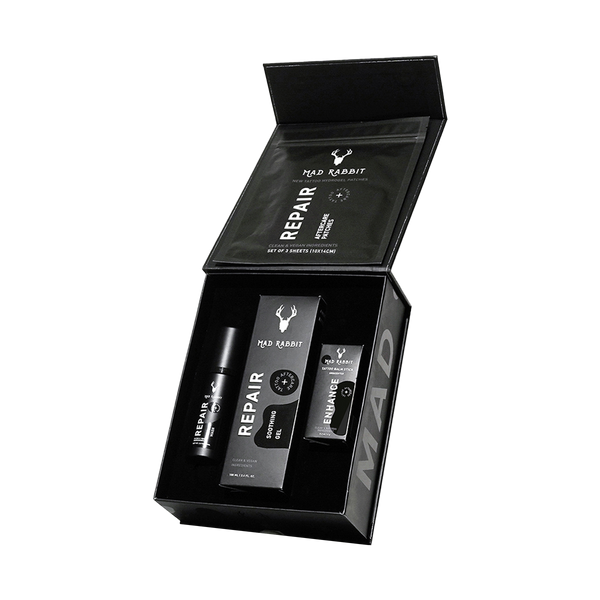
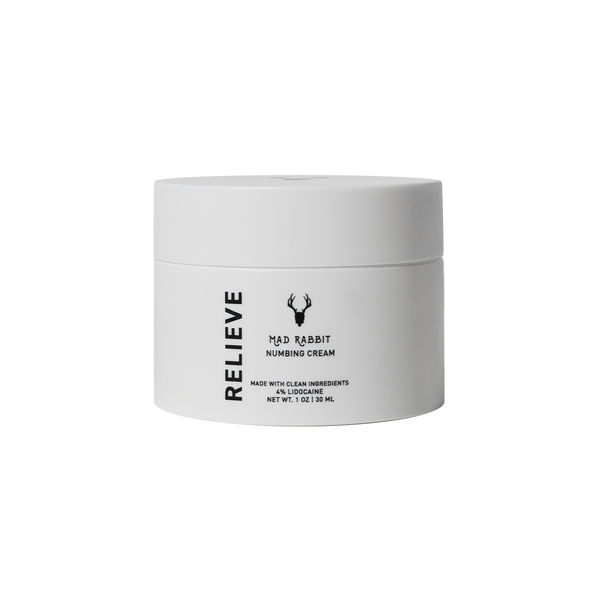
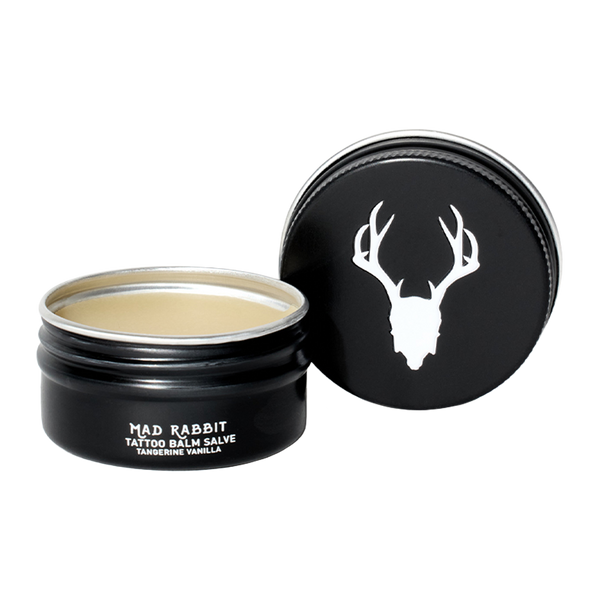
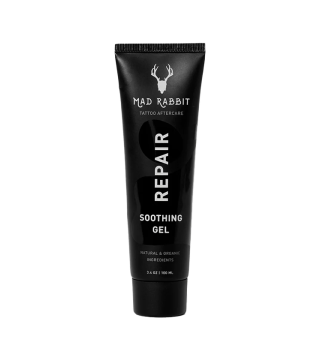
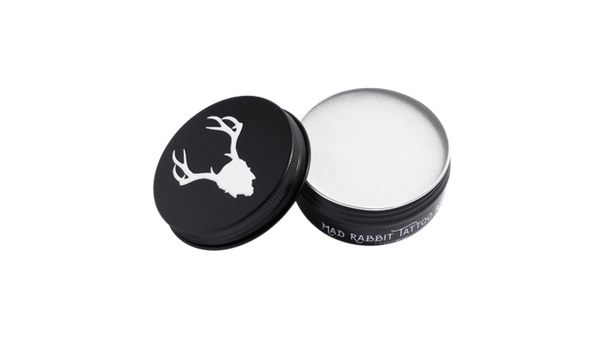
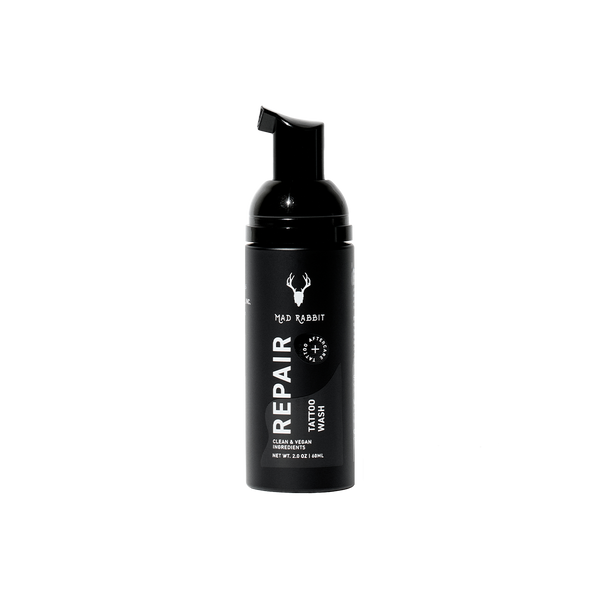
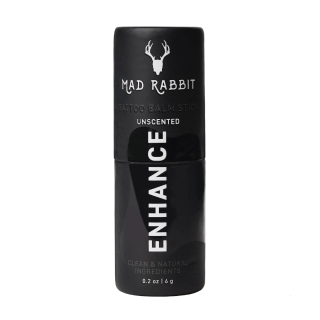


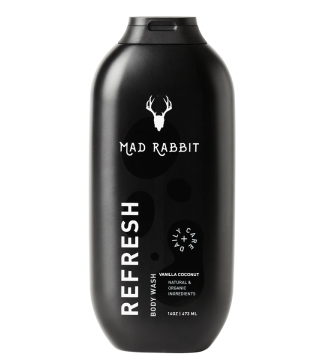
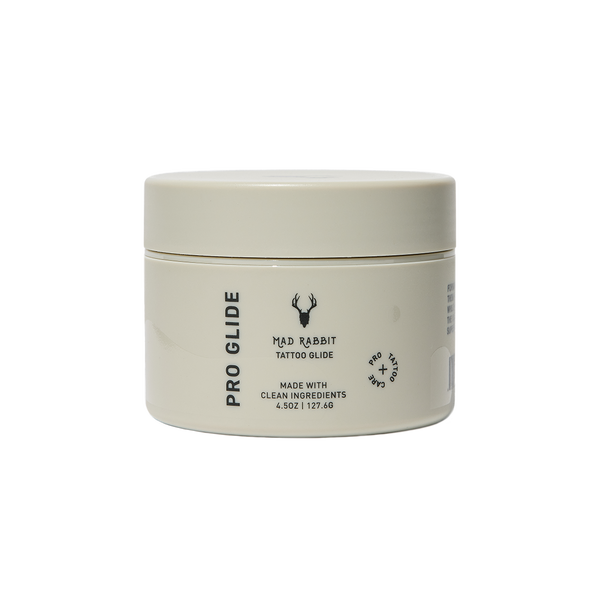
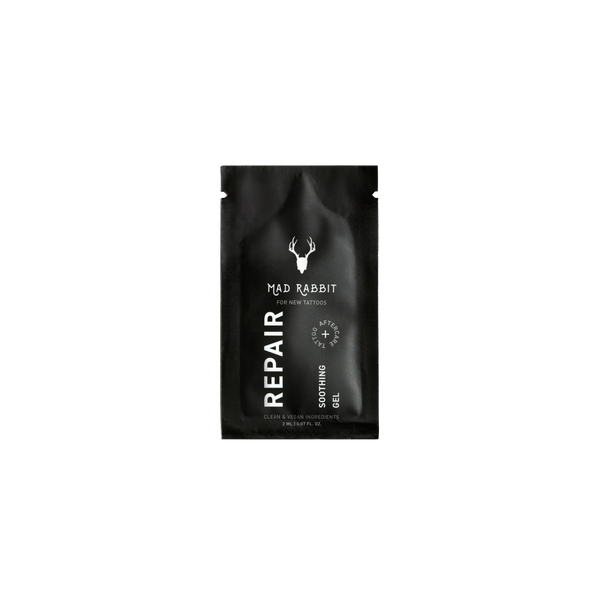
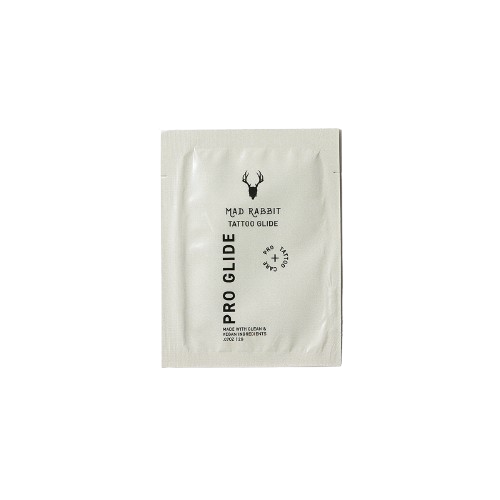

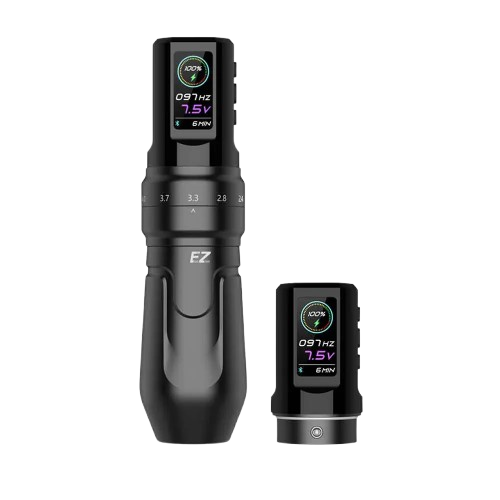
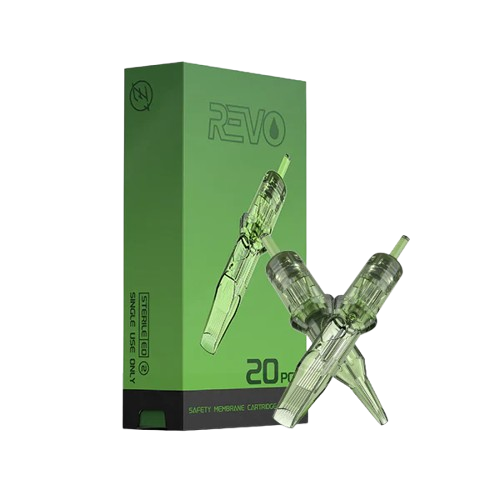
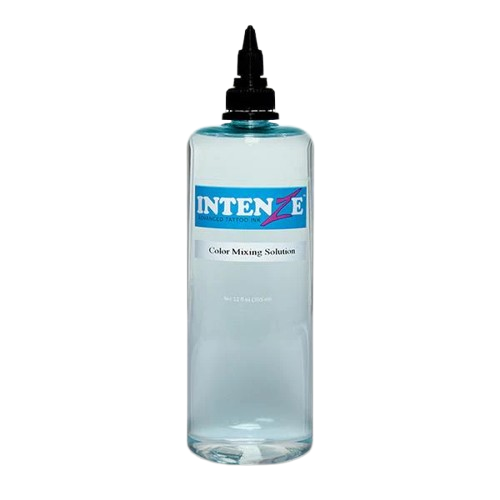
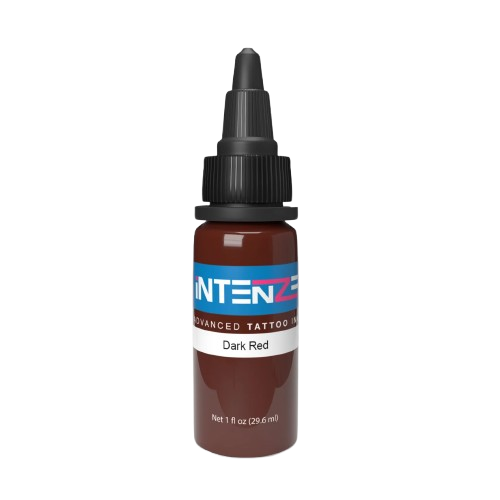

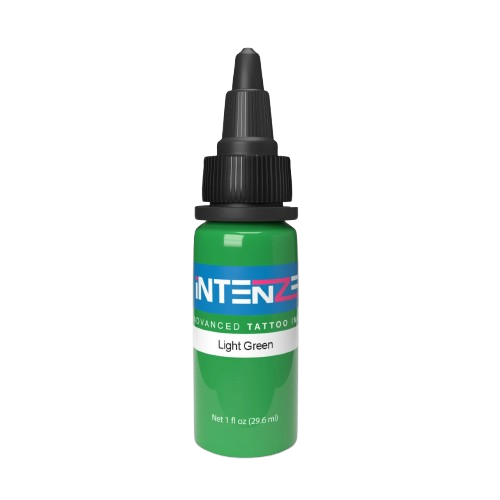
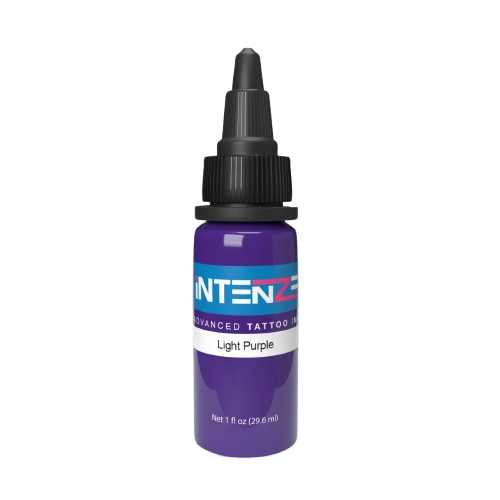
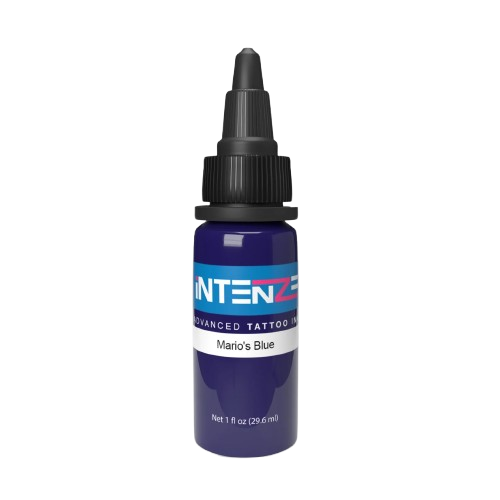
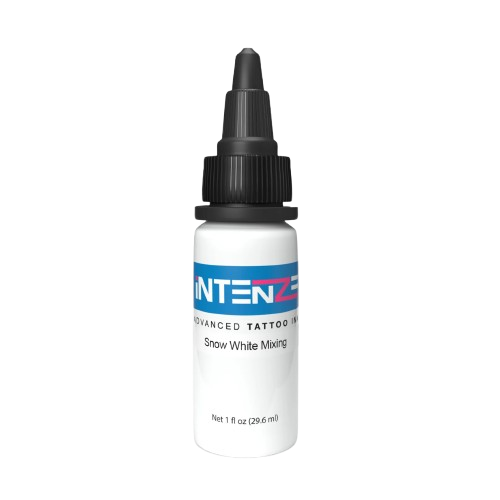
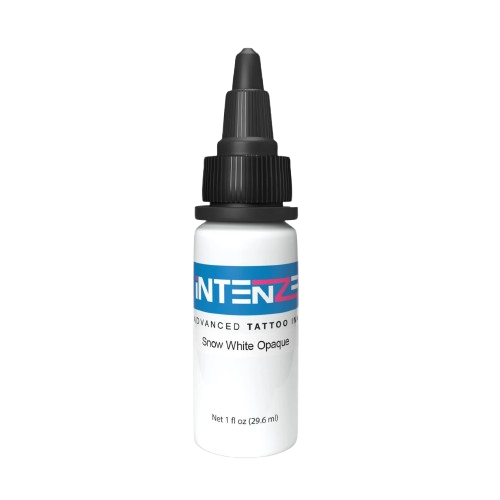
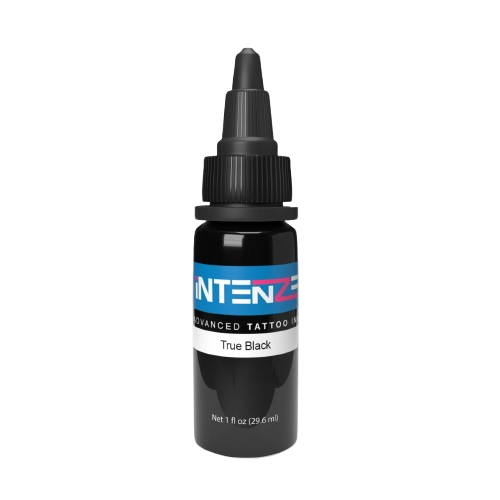
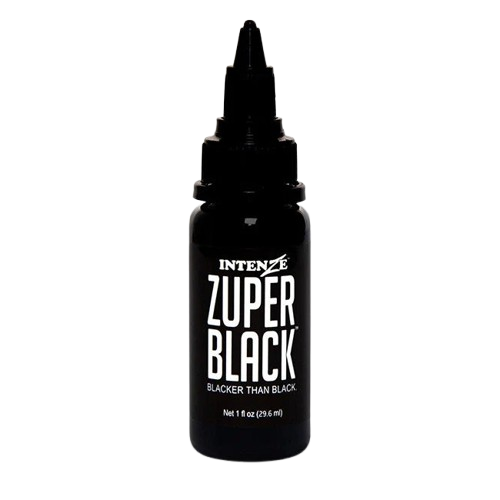


Join the discussion